
| Distance from the Sun: 1,426,725,400 km Equatorial Radius: 60,268 km Volume: 827,130,000,000,000 km3 Mass: 568,510,000,000,000,000,000,000,000 kg Saturn's crust = 705 miles thick |
|
| Discovered By: | Known by the Ancients |
| Date of Discovery: | Unknown |
| Average Distance from the Sun | Metric: 1,426,725,400 km English: 885,904,700 miles Scientific Notation: 1.4267254 x 109 km (9.53707 A.U.) By Comparison: 9.53707 x Earth |
| Perihelion (closest) |
Metric: 1,349,467,000 km English: 838,519,000 miles Scientific Notation: 1.349467 x 109 km (9.021 A.U.) By Comparison: 9.177 x Earth |
| Aphelion (farthest) | Metric: 1,503,983,000 km English: 934,530,000 miles Scientific Notation: 1.503983 x 109 km (10.054 A.U.) By Comparison: 9.886 x Earth |
| Equatorial Radius |
Metric: 60,268 km English: 37,449 miles Scientific Notation: 6.0268 x 104 km By Comparison: 9.449 x Earth |
| Equatorial Circumference | Metric: 378,675 km English: 235,298 miles Scientific Notation: 3.78675 x 105 km |
| Volume | Metric: 827,130,000,000,000 km3 Scientific Notation: 8.2713 x 1014 km3 By Comparison: 763.6 x Earth |
| Mass |
Metric: 568,510,000,000,000,000,000,000,000 kg Scientific Notation: 5.6851 x 1026 kg By Comparison: 95.16 x Earth |
| Density | Metric: 0.70 g/cm3 By Comparison: 0.127 x Earth |
| Surface Area |
Metric: 43,466,000,000 km2 English: 16,782,000,000 square miles Scientific Notation: 4.3466 x 1010 km2 By Comparison: 85.22 x Earth |
| Equatorial Surface Gravity |
Metric: 10.4* m/s2 English: 34.11 ft/s2 By Comparison: If you weigh 100 pounds on Earth, you would weigh about 106 pounds on Saturn (at the equator). *Derived from a 1 bar radius of 60,268 km |
| Escape Velocity |
Metric: 127,760 km/h English: 79,390 mph Scientific Notation: 35,490 m/s By Comparison: Escape velocity of Earth is 25,022 mph. |
| Sidereal Rotation Period (Length of Day) |
0.44401 Earth days 10.656 hours By Comparison: 0.445 x Earth |
| Mean Orbit Velocity |
Metric: 34,821 km/h English: 21,637 mph Scientific Notation: 9,672.4 m/s By Comparison: 0.325 x Earth |
| Orbital Eccentricity | .0541506 By Comparison: 3.24 x Earth |
| Orbital Inclination to Ecliptic | 2.484 degrees |
| Equatorial Inclination to Orbit |
26.73 degrees By Comparison: 1.14 x Earth |
| Orbital Circumference | Metric: 8,725,000,000 km English: 5,421,000,000 miles Scientific Notation: 8.725 x 109 km By Comparison: 9.439 x Earth |
| Effective Temperature | Metric: -178 °C English: -288 °F Scientific Notation: 95 K |
| Atmospheric Constituents | Hydrogen, Helium Scientific Notation: H2, He By Comparison: Earth's atmosphere consists mostly of N2 and O2. |
| Additional Information: Namesake: |
Roman god of agriculture |









